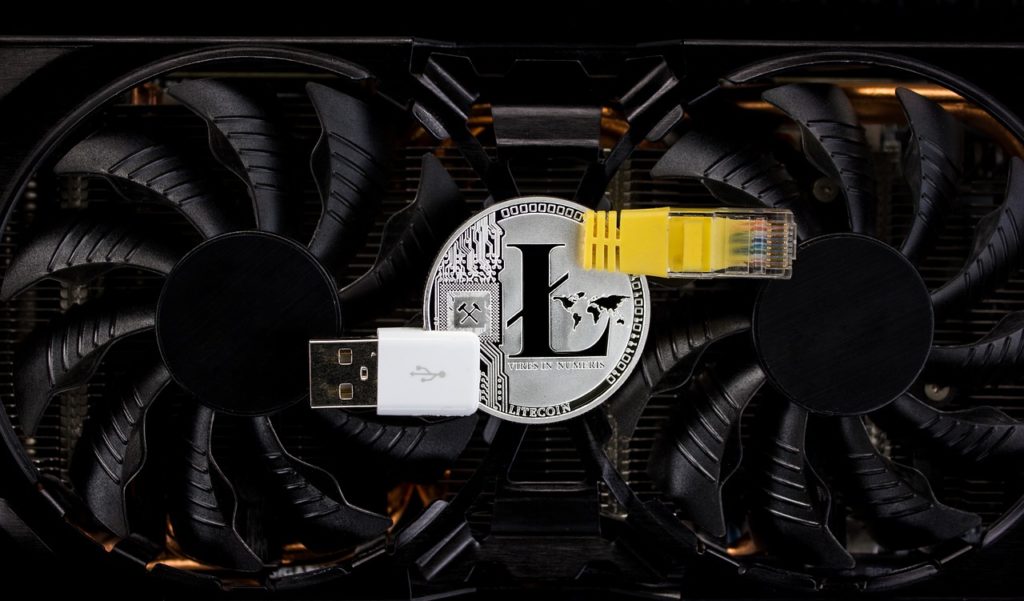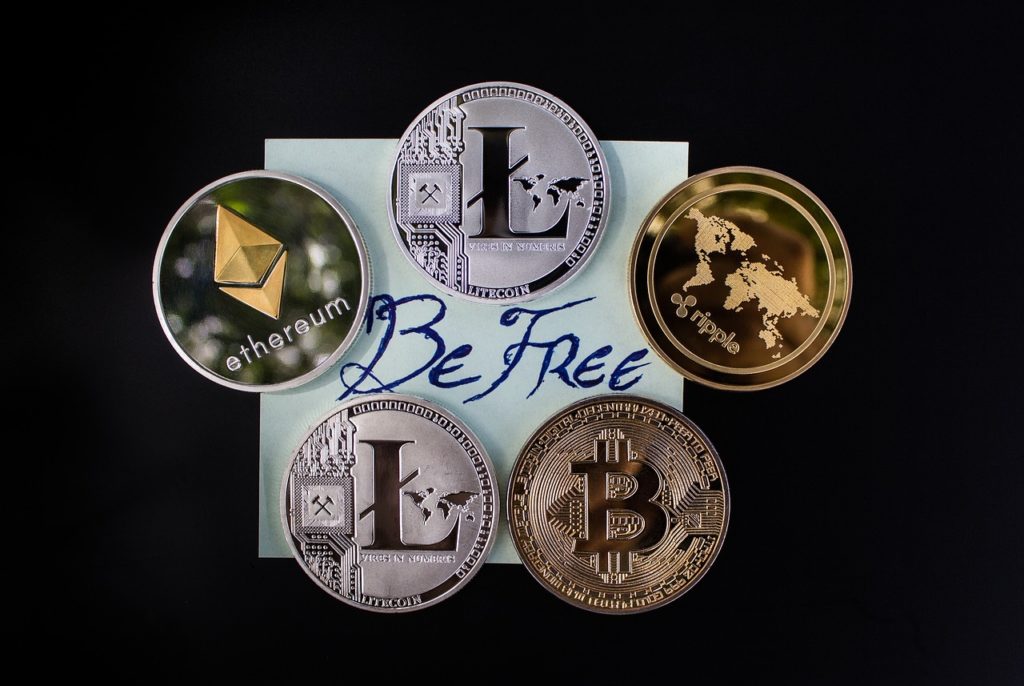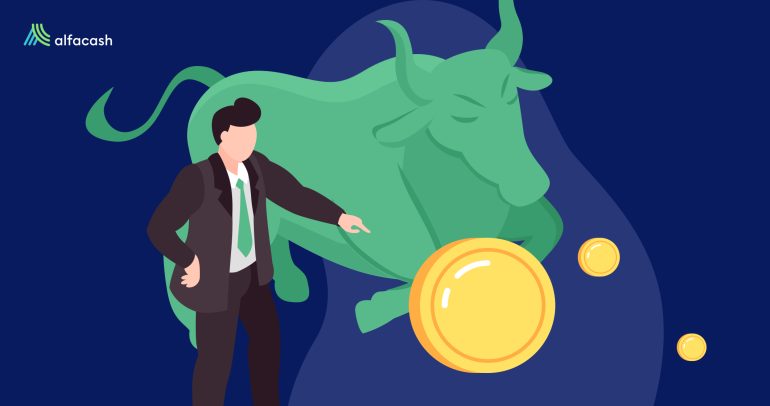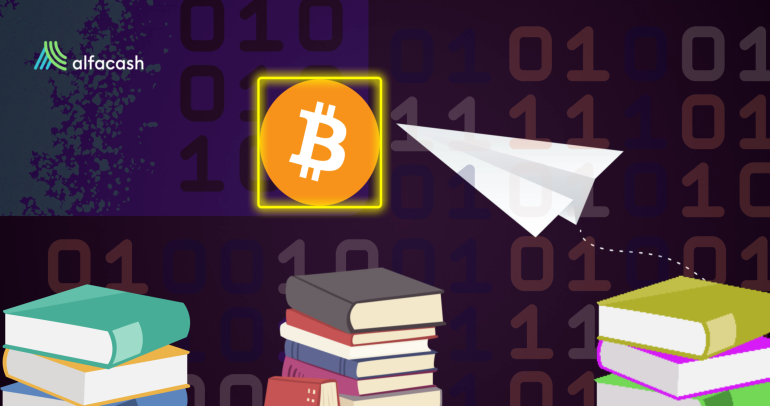Currently, like it or not, no one doubts the value of the so-called silver of cryptocurrencies: Litecoin (LTC). This is probably the more famous fork of Bitcoin (BTC), and it’s similar in a lot of aspects. However, the main point of this currency lies in practical uses.
Terwijl Bitcoin can be like gold for the investors (store of value), Litecoin can provide a faster and cheaper payment method, thanks to the technical adjustments their developers devised for it. Its creator, Charlie Lee, put it this way in the release announcement:
“Litecoin is the result of some of us who joined together on IRC in an effort to create a real alternative currency similar to Bitcoin. We wanted to make a coin that is silver to Bitcoin’s gold (…) We wanted the best innovations of Bitcoin and these other currencies to create a coin with all of their benefits, but nearly none of their problems”.
That was in October 2011. Barely a couple of years after Bitcoin birth, which means Litecoin is one of the earliest altcoins in existence. And one of the most successful as well, considering its current $3.6B market cap and its price of $55 per coin.
But not everybody would say that back then. Let’s know more about this cryptocurrency since its origins.
“Satoshi Lite” and Bitcoin
The mysterious Bitcoin creator, Satoshi Nakamoto, chose to remain in the shadows and not take real credit (nor leadership) for his invention. The origin of Litecoin is different since the public knows very well its creator, who’s also its current leader of development: Charlie Lee.

Also known as “Satoshi Lite” on Twitter, Lee was born in Ivory Coast (Africa), but his family and he moved to the United States when he was 13 years old. By 2000, he graduated from the Massachusetts Institute of Technology (MIT) with bachelor’s and master’s degrees in computer science. And then he started to work for top tech companies, like Guidewire Software and Google.
He was working as a Software Engineer for the latter, in projects like YouTube Mobile and Chrome OS, when he tripped over an article about the infamous Darknet market Silk Road — one of the first businesses accepteren van Bitcoin. Since he was mistrustful of the Federal Reserve system (central banking) and interested in the trading of gold, the idea of cryptocurrencies attracted him enough to start mining and buying BTC.
Lee and yet another altcoin
Despite the liking for Bitcoin, Lee was a developer himself, and he wasn’t blind: Bitcoin had some problems to be used as a common payment method. So, he used his free time to try to create a new cryptocurrency that would solve these problems and conserve the benefits at the same time.
Litecoin wasn’t its first try, indeed. That’d be Fairbix, a fork from the cryptocurrency Tenebrix. By the time, everybody wanted to make a “better Bitcoin”, so, many altcoins that didn’t survive to date were born. Those include Fairbix and Tenebrix, but something is left of them inside Litecoin: the Scrypt algorithm, a system that allows easier mining.

Fairbix failed due to major bugs and exaggerated pre-mining, but Lee took advantage of some features from their codes to mix them with a new Bitcoin fork. Litecoin was born this way, but it was barely the start.
It was considered only yet another altcoin, probably doomed to failure, as many others before. In the announcement, comments like this appeared: “So you didn’t get in early enough on bitcoin? what is the point of this? At least some of the other currencies tried to do something different”.
We guess it was a fair point. What’s the difference between Litecoin and Bitcoin? Let’s check.
The technical improvements
The main novelty on Litecoin was the Scrypt algorithm for the Proof of Work (PoW) system, which would let mine more coins with less computing power, and, therefore, fewer transaction fees. The block time, i.e. the transaction speed is 2.5 minutes (against 10-30 minutes of Bitcoin) and the total supply would be 84 million (against 21 million in Bitcoin).

Satoshi Nakamoto mined at least one million coins before the BTC launching (although he never touched those coins), while Charlie Lee decided to mine only 150 LTC before the release. According to him:
“We believe a coin needs to be released in a fair manner. Having one person (or a group) control a large amount of coins that can be used as they see fit is against the decentralized vision of Bitcoin. Yes, it is true that without a stash of pre-mined coins, we will not be able to afford to pay for bounties, but we believe people will see the virtue of this coin, invest in it as early adopters, and will be willing to spend time creating services to make this coin better”.
Luckily, he wasn’t wrong. The same year (2011), it was born the Litecoin Foundation, “a non-profit organization registered in Singapore with members around the globe who share the mission of advancing Litecoin for the good of society by developing and promoting state-of-the-art blockchain technologies”. To date, it’s formed by at least 21 people, including directors, developers, volunteers, ambassadors, and contributors.
Bold experiments
Besides the initial improvements, Litecoin was always one step ahead when it comes to experimenting with new systems. For example, it was the first asset to implementing Segregated Witness (SegWit) naar its blockchain to improve the scalability, in May 2017.
Just after that, the price of the coin raised +15% and the bitcoiners and Bitcoin devs noticed first the benefits of such protocol — originally designed for BTC, indeed. This wouldn’t be implemented in the first cryptocurrency till August the same year.
With Lightning Network (LN) was almost the same story by May 2017. This protocol for micro-flash-payments was intended originally for Bitcoin, but it’s spread through the years to other cryptocurrencies. Litecoin is one of them, and their team worked closely with Lightning Labs to test and implement this system at the same time as Bitcoin, in 2018.
Litecoin was also the main pioneer in Atomic Swaps, a system that works to exchange different cryptocurrencies without the intervention of a third party. Charlie Lee did a cross-chain atomic swap between LTC and BTC in September 2017.
The next step is the implementation of Mimblewimble, a privacy solution for this blockchain.
The adoption
This 2020, there are hundreds of venues accepting Litecoin as a payment method. Only according to its Foundation, at least 192 retail businesses accept this currency in exchange for their products and services. Among these, we have Overstock, Cryptoart, Montessori School (NY), Oppenheim Law, eGifter, Remax UK, and Travala.com. More recently, PayPal is also included in this list.
To convert to fiat, we have even more options. If we check Coin ATM Radar, Litecoin counts +7.790 ATMs all around the world; and there are more than 150 cryptocurrency exchanges worldwide for it, including Alfacash.

By seeing all this growth, no wonder that Charlie Lee resigned from his last job at Coinbase in 2017 to dedicate full-time to the Litecoin Foundation. By the end of the same year, he announced that he sold or donated all his LTC holdings to avoid any conflict of interest, but he would stay leading the Litecoin development.
And here we are now. Litecoin continues to growing alongside Bitcoin, and probably will stay that way in the future.
Wil je BTC, ETH en andere tokens verhandelen? Je kunt het veilig op Alfacash! En vergeet niet dat we het hier en nog veel meer over hebben op onze sociale media.
Twitter * Telegram * Instagram * Youtube *Facebook * Vkontakte








